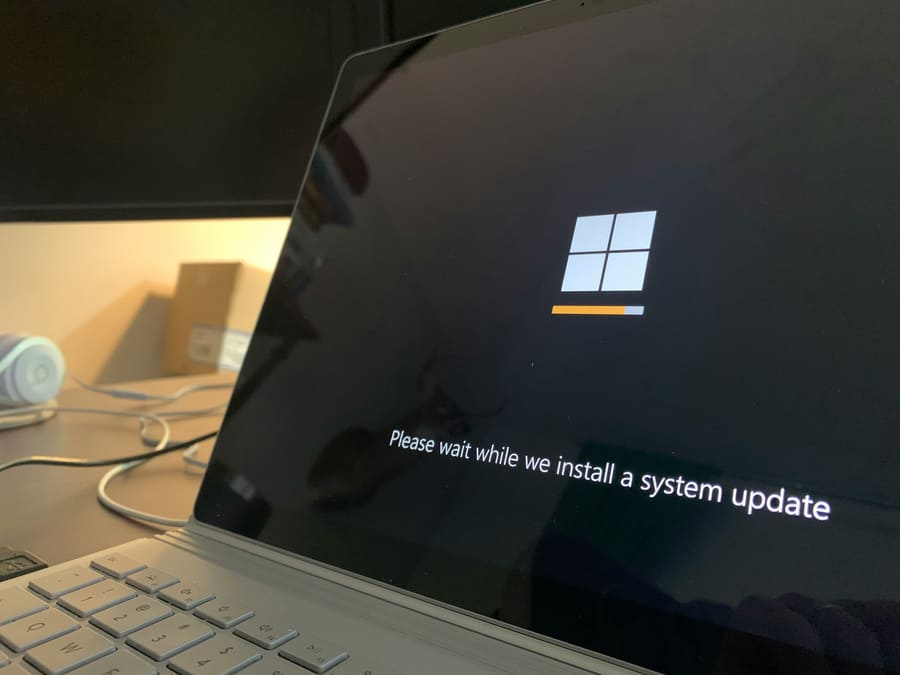As Microsoft continues to refine its operating systems, recent updates for Windows 10 and Windows 11 bring notable improvements, despite the inevitable end of support for Windows 10 later this year. These updates—targeted at the 23H2 and 24H2 versions of Windows 11—are designed to optimize user experience, fix bugs, and enhance accessibility. Let’s dive into what’s new and how it could affect your day-to-day usage.
Windows 11: Small Tweaks That Make a Big Difference
The latest builds for Windows 11—KB5052093 (for 24H2) and KB5052094 (for 23H2)—bring several useful refinements. Among the highlights is a feature designed to help those with hearing impairments: a multi-application camera, which allows a single webcam to be used simultaneously by multiple apps. This enhancement enables sign language interpreters to appear alongside video streams, providing a more inclusive experience for users who rely on visual communication.
The File Explorer has also received a much-needed upgrade, improving its handling of large folders. This change significantly speeds up the loading of media and reduces those annoying delays that can disrupt your workflow. Audio has also received attention in this update—Microsoft has fixed the bug that caused the volume to unexpectedly jump to 100% after waking from sleep. Plus, USB audio devices are now more stable, reducing unexpected disconnections.
Other minor improvements include a more intuitive file-sharing system. You can now access sharing options directly from the context menu of pinned apps on the taskbar. Windows Spotlight has received a redesign, offering cleaner icons and more informative displays. Lastly, the Narrator’s scan mode has been strengthened with new shortcuts to help users navigate large documents more efficiently.

Windows 10: Fixes and Fine-Tuning
While Windows 10 doesn’t get any new groundbreaking features, it still receives its fair share of critical fixes with the release of KB5052077. Users will notice smoother operation within File Explorer, particularly for handling cloud-based files. Additionally, visual glitches have been addressed, and OneDrive backup reminders can now be disabled directly from the navigation bar—something that will surely make users breathe a sigh of relief.
The Start menu has been updated to provide better visual coherence between light and dark modes, while a bug that caused the custom color of the mouse pointer to reset after each UAC (User Account Control) alert has been fixed. High-definition screen users will also appreciate the smoother drag-and-drop experience. And, for those using Remote Desktop, display issues are now a thing of the past.
In terms of functional updates, this release remains strictly corrective. OpenSSH, previously plagued by bugs that prevented it from launching correctly, has been restored to its full functionality. The dwm.exe window manager has also been stabilized, eliminating the unexpected crashes that affected certain setups. However, it’s clear that Windows 10 is winding down. With its end of support slated for later this year, these updates are focused purely on addressing existing issues, with no new features expected to come down the pipeline.

The End of the Road for Windows 10
As Microsoft continues to roll out updates, the reality is clear: Windows 10 has entered its final phase. With support officially ending in October, users can expect only technical fixes and security updates from this point forward. Meanwhile, Windows 11 will continue to evolve, adding new features and tweaks to keep up with the demands of modern users.
For those who are still holding on to Windows 10, it’s time to start thinking about the future—whether that means upgrading to Windows 11 or finding other solutions. The focus of these recent updates is on stability and usability, ensuring that users can continue to work without disruption as we approach the end of support for Windows 10.
In the end, whether you’re upgrading or staying put, it’s clear that Microsoft is determined to keep things running smoothly for as long as possible. And, for those using Windows 11, it looks like the updates will continue to improve your experience with more thoughtful refinements, making your computing life just a bit easier.





